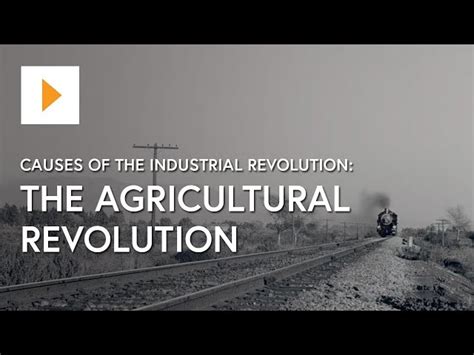The Industrial Revolution, a transformative period spanning the late 18th to mid-19th centuries, brought about profound changes not only in industry and technology but also in the lives and roles of women.

The Changing Landscape of Labor
Prior to industrialization, women’s work was primarily confined to domestic spheres, with key responsibilities such as childcare, household management, and agricultural labor. However, with the rise of factories and mechanized production, women gradually found their way into paid employment.
Table 1: Female Labor Force Participation during the Industrial Revolution
| Period | Percentage of Female Labor Force |
|---|---|
| Pre-Industrial England (1750) | 30-40% |
| Early Industrial England (1850) | 45-50% |
| Late Industrial England (1900) | Over 50% |
Women’s Roles in Factories
Factories and mills became new workspaces for women, who took on various roles in the production process. They worked in textile mills as spinners, weavers, and seamstresses. In other industries, they found employment in metallurgy, food processing, and munitions making.
Home-Based Work
For some women, industrialization offered opportunities for home-based work. They engaged in tasks such as embroidery, laundering, lace-making, and garment production. This work may have offered some flexibility and independence, but typically came with lower pay and less stability compared to factory jobs.
Social and Economic Impacts
The Industrial Revolution had far-reaching impacts on women’s social and economic lives.
Shifts in Family Structure
With women working outside the home, traditional family structures began to shift. Mothers and wives had less time for domestic duties, leading to a decline in fertility rates. Childcare arrangements became increasingly necessary, with the rise of day nurseries and governesses.
Economic Empowerment
Paid employment provided women with a degree of financial independence. They could contribute to household income, increase their personal spending power, and gain a sense of autonomy. However, wage gaps and inequalities persisted, with women typically earning less than men for the same work.
Education and Literacy
The Industrial Revolution also influenced women’s education and literacy. As urbanization and factory work increased, there was a growing demand for literate workers. Some states and factories began to invest in girls’ education, leading to a gradual increase in female literacy rates.
Women’s Rights Movement
The social and economic changes experienced by women during the Industrial Revolution sowed the seeds for the women’s rights movement. Women began to organize and advocate for equal rights, including the right to vote, property ownership, and equal pay.
Women’s Innovations and Inventions
Despite facing numerous challenges, women made significant contributions to the field of innovation and invention during the Industrial Revolution.
Martha Washington Paxton
Martha Washington Paxton, an American inventor, patented a number of devices, including a system for pressing garments and a mechanical beverage holder.
Sarah Guppy
British inventor Sarah Guppy’s most notable invention was the “Improved Artificial Leech,” a medical device used for bloodletting.
Emily Roebling
Emily Roebling, engineer and mathematician, played a vital role in the construction of the Brooklyn Bridge after her husband became ill.
Adah Isaacs Menken
A noted acrobat, actress, and poet, Adah Isaacs Menken inspired the “bloomer costume,” a precursor to women’s pants, lending to a shift in fashion and societal norms.
Strategies for Enhancing Women’s Participation in the Industrial Revolution
To maximize women’s contributions and ensure their full participation in the Industrial Revolution, various strategies could be considered:
Encourage Education and Skills Development
Investing in education and skills training for girls and women is crucial to equip them with the knowledge and abilities necessary for industrial work.
Provide Affordable Childcare
Access to affordable childcare is essential for working mothers. Government and private initiatives can help provide such services to make it easier for women to balance their professional and personal responsibilities.
Promote Equal Pay and Opportunity
Eliminating wage gaps and ensuring equal pay for equal work is a fundamental step towards empowering women economically. Legislation and enforcement mechanisms can promote fair labor practices.
Support Women’s Leadership
Encouraging women to take on leadership roles in industries traditionally dominated by men helps break down barriers and creates role models for future generations.
Common Mistakes to Avoid
To effectively leverage women’s potential during the Industrial Revolution, it is important to avoid common pitfalls:
Undervaluing Women’s Work
Recognizing the value of women’s contributions and compensating them fairly is crucial. Avoid underestimating their skills and abilities based on gender bias.
Perpetuating Gender Stereotypes
Challenging gender stereotypes about women’s roles in society can help create a more inclusive and equitable work environment.
Ignoring Women’s Health and Safety Needs
Specific measures should be taken to address women’s health and safety concerns in industrial settings, including ergonomic considerations and protective gear.
Conclusion
The Industrial Revolution was a transformative era that brought about significant changes for women. While it opened doors to new opportunities and economic empowerment, it also posed challenges. By understanding the complex experiences of women during this period and implementing strategies to support their participation, we can ensure a more equitable and inclusive future for all.
